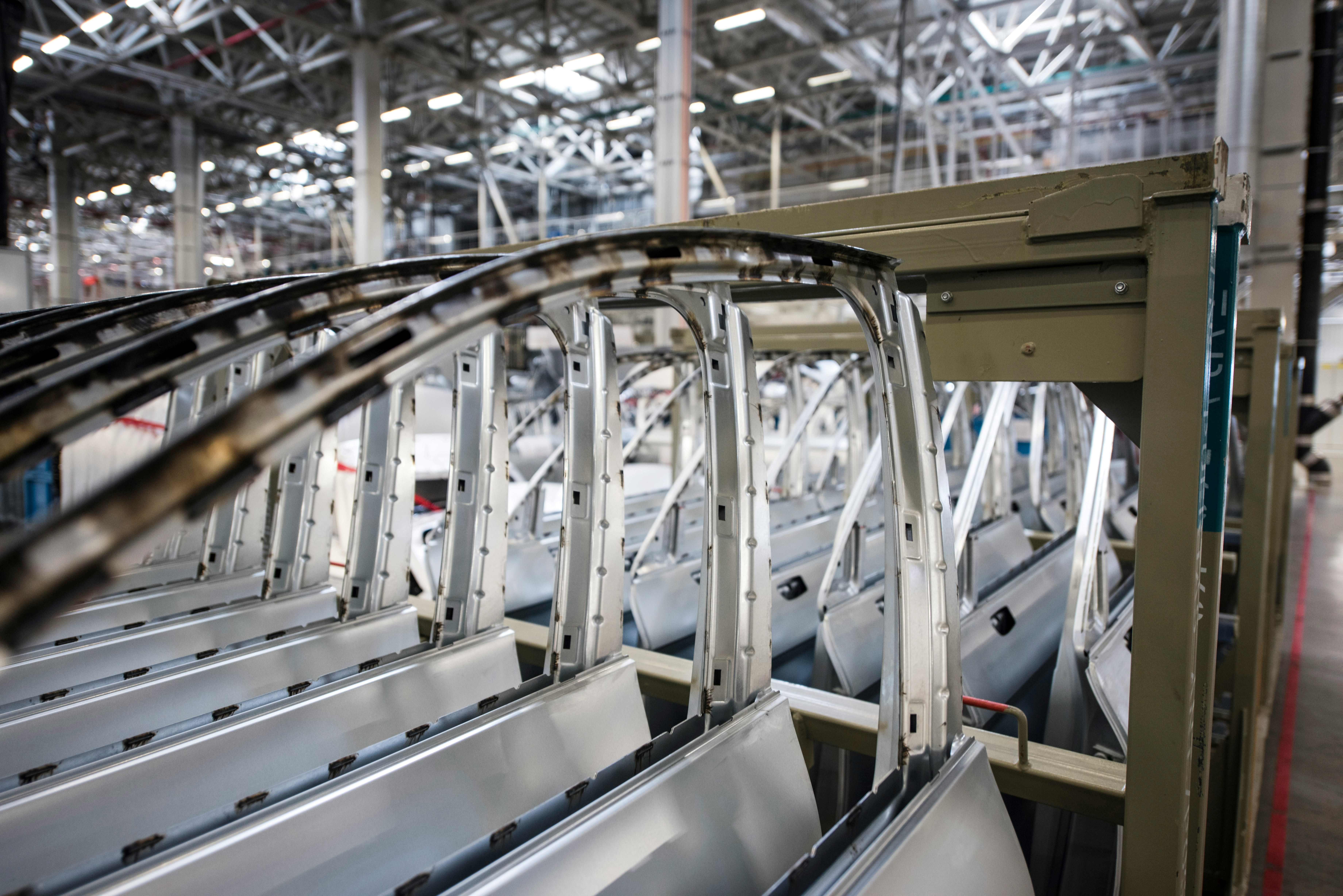
The O.E.E. as your industrial company's smartwatch.
"If you can't measure it, you can't improve" (Peter Drucker). For example, if we want to run a marathon, we also often start looking at indicators such as heart rate and weight to achieve this goal.
The same thought applies to optimising production: the organisation needs a GLOBAL performance indicator, which allows to measure the profitability of the production equipment and to initiate actions for improvement in which all departments and levels can identify themselves and which can help find common ground.
Specific to the process industry typically capital-intensive, O.E.E. is widely used as a measure of asset utilisation and costs.
It is also often a benchmark KPI for different lines and even different plants. In this case, it is important that O.E.E. is calculated consistently and correctly.
Finally, we also see increasing pressure on lead times and producing at the highest quality and lowest cost. Measuring the performance of the machinery and integral production forces itself upon us.
So we use O.E.E. as a tool for continuous improvement (kaizen, striving for perfection) and display the results visually on the shopfloor or in management dashboards. The goal is not merely to have O.E.E., the goal is to use O.E.E. as a tool to move towards operational excellence.
What is the role of a Stanwick consultant in O.E.E. improvements?
From Stanwick, we have 3 possible roles that we include in operational excellence processes where we improve Overall Equipment Effectiveness (O.E.E.):
- Stanwick trainer
- Stanwick consultant
- Stanwick interim project manager
Learn more about the 3 roles: https://www.stanwick.be/en/about-stanwick
What are the Stanwick cases in Operational Excellence trajectories?
From Stanwick, we have supported several O.E.E. transformation projects in numerous sectors (chemical, pharmaceutical, petrochemical, food, construction industry).
Learn more about our cases: https://www.stanwick.be/en/cases
Feel free to contact us for more info.
Jeroen Van den Hove


